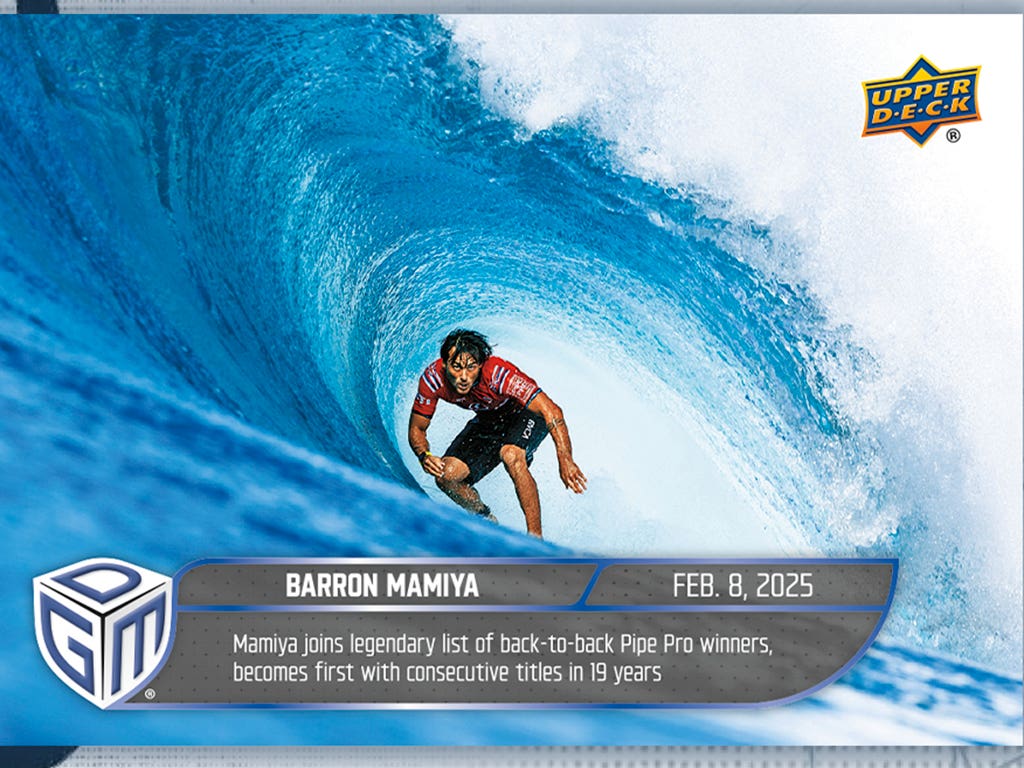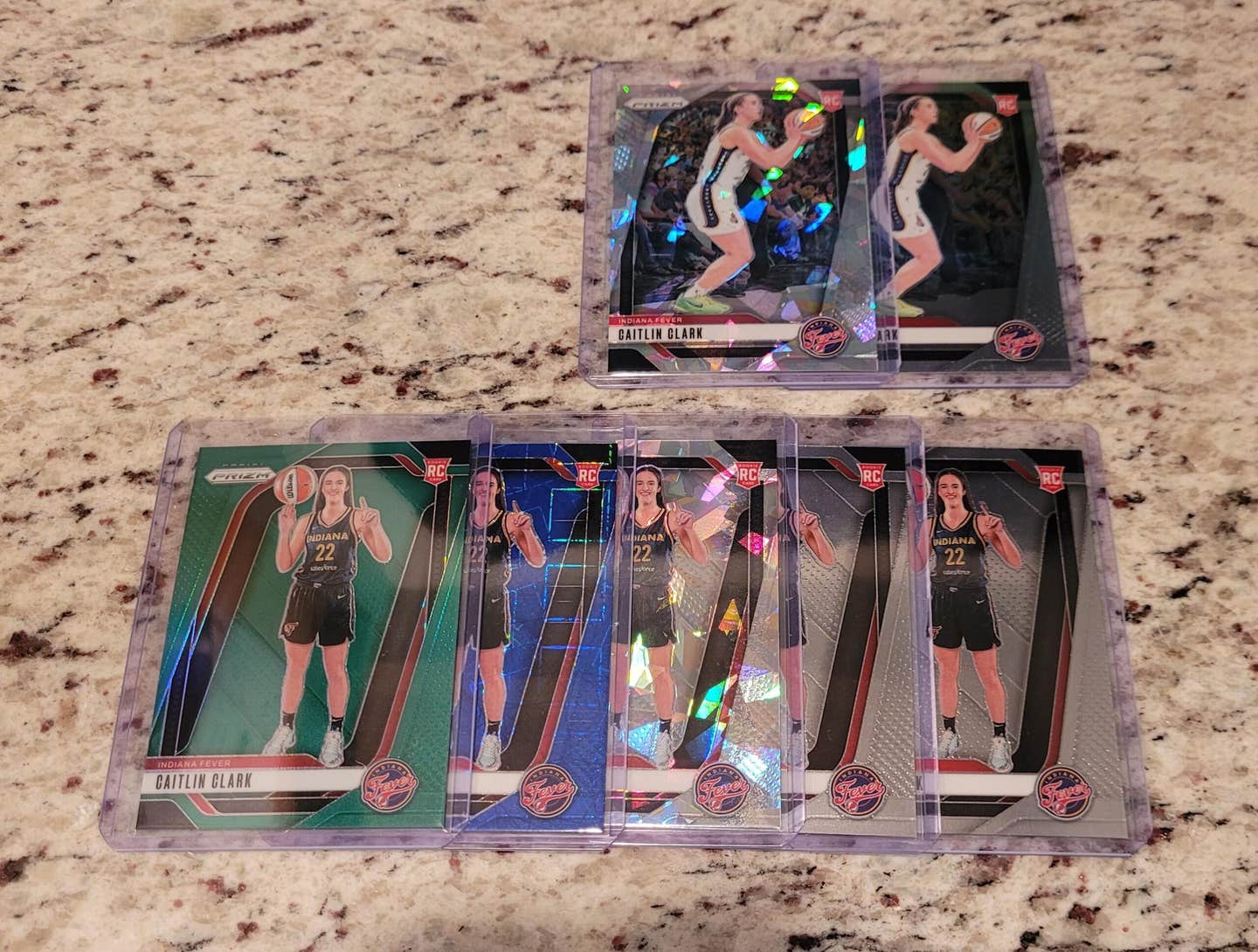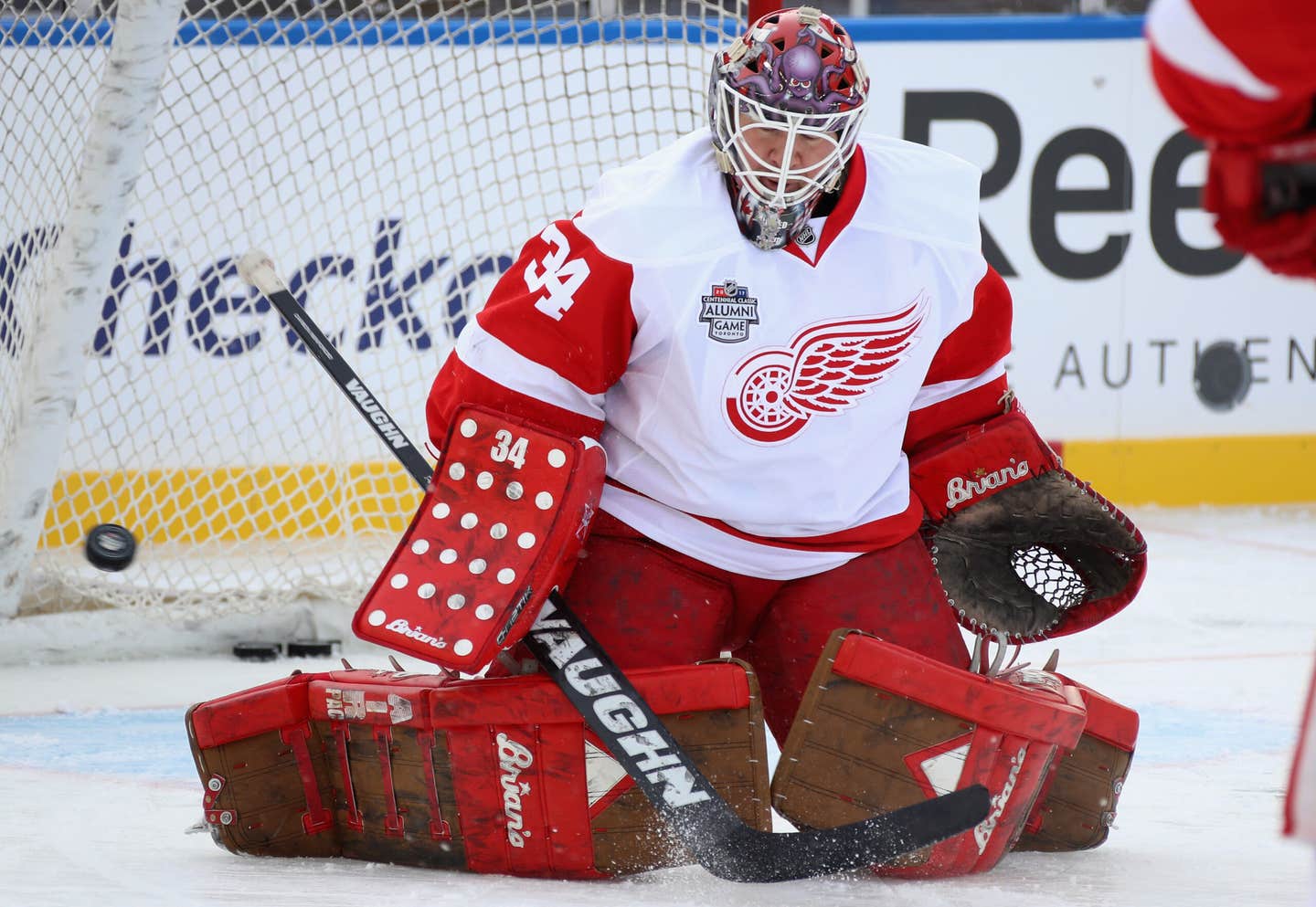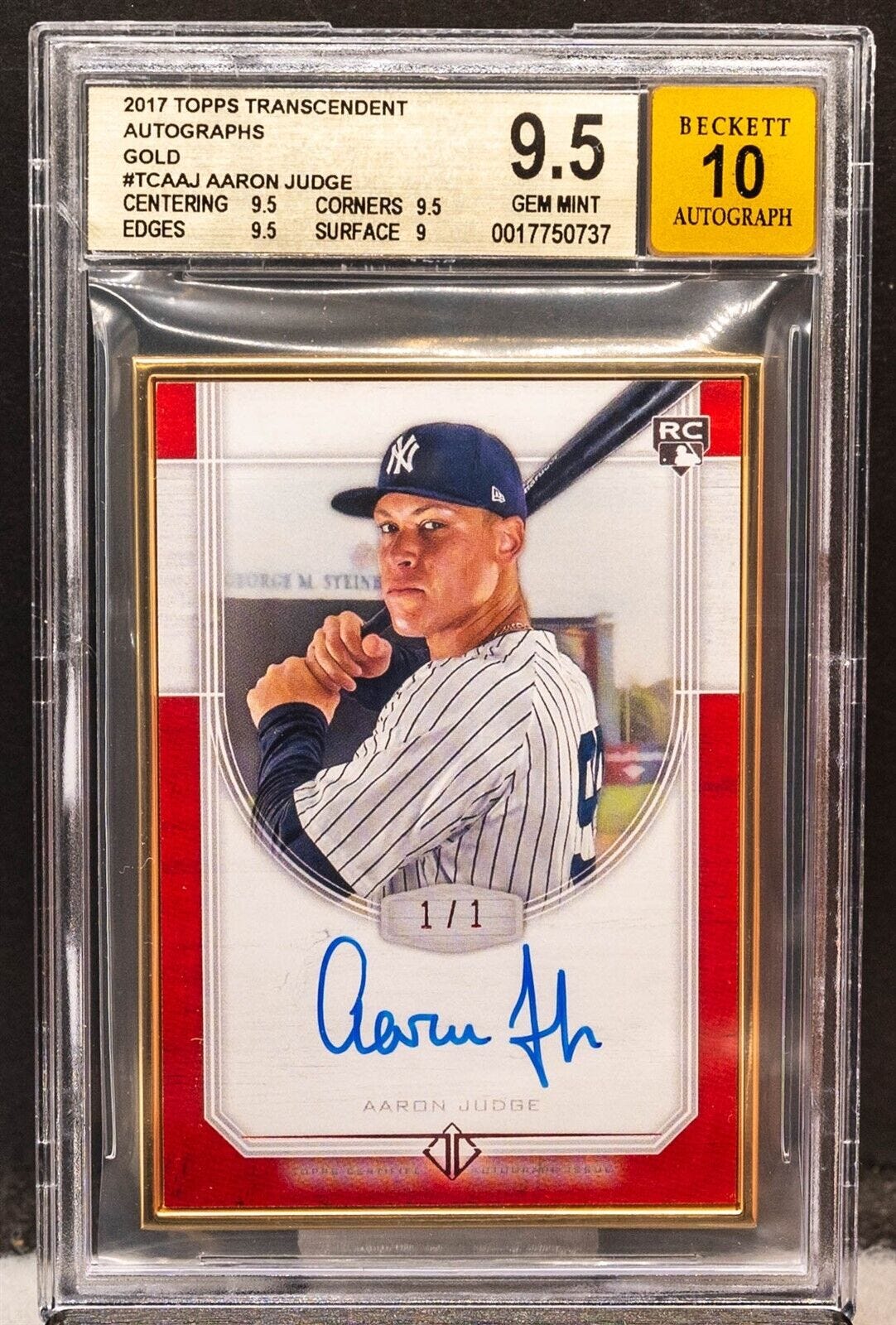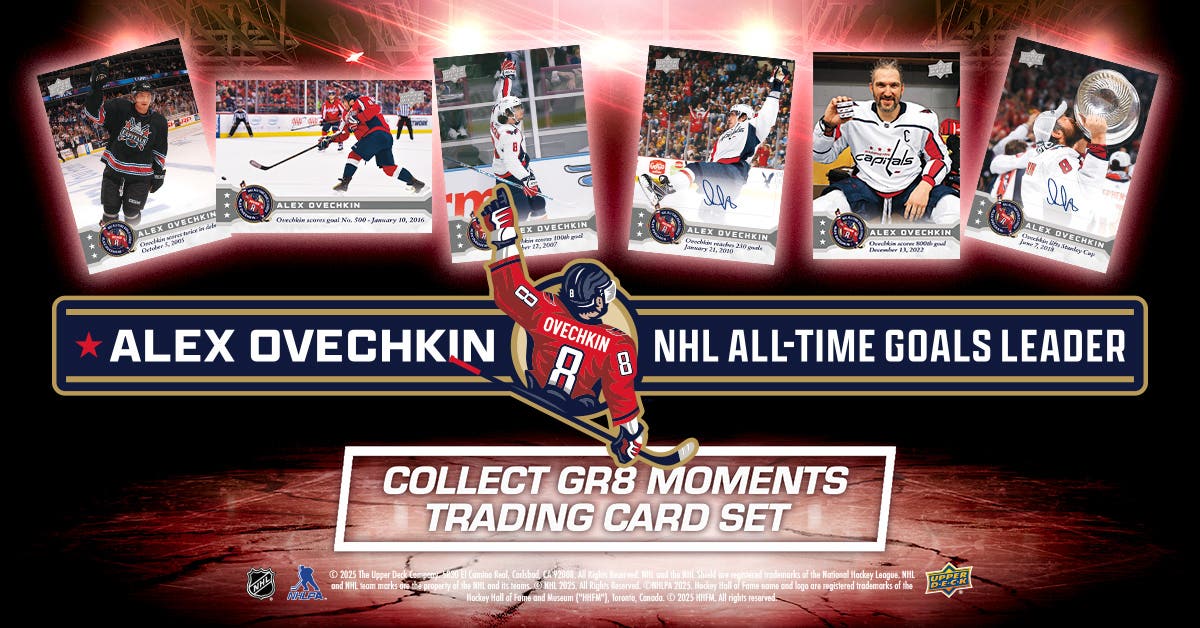
Cards
2017 Topps Heritage Baseball pays tribute to 1968 Topps Baseball
By John McMurray
If the measure of any retrospective card set is solid presentation, a thoughtful approach, and fidelity to the original, then the 2017 Topps Heritage baseball card set is certainly a success.
With cards in the design of the 1968 Topps set, the images in this year’s ‘base’ Heritage card set would fit in well with the many poses and portraits in that vintage issue. Beyond that, the 2017 Topps Heritage set contains sharp photography and benefits from quality production. It would be a strong addition to anyone’s collection.
Topps Heritage sets have almost uniformly been top sellers. In this year’s edition, it is hard to find a photo that is not well-focused, which is a real step up from the sometimes less than sharp images in the original set. Since so many photos have blue skies in the background—just like they did in 1968—the cards have a colorful appeal that truly stands out.
In an era where action photos abound in card sets, the Heritage set consists almost entirely of posed images. It includes dozens of portraits, players posing with bats on their shoulders, and pitchers about to start their windups. The repetition leads to a number of cards where poses are virtually indistinguishable. No photos, other than on the World Series cards, are of game action. At the same time, in this context, the approach works.
Topps has effectively replicated the look and feel of the 1968 Topps set while sharpening things a bit. Any collector who likes the 1968 set—and the set has its advocates and critics—will like the Heritage cards. And, even in cases where photos have a bit of a different perspective than collectors would have seen back then, such as Zack Greinke tossing a baseball or Brandon Drury bringing his knee up to swing, Topps’ photographic tweaks would fit within the original ’68 set.
In addition, the 2017 Heritage cards commemorating last season’s batting and pitching leaders are stylistic carbon copies of the originals. The World Series cards, too, are black-and-white, just as they were forty-nine years ago. Their headlines—from “Slugger’s Return Powers Cubs” to “Zobrist Decides Decisive Thriller”—are fun adaptations of the vintage style. On its team cards, Topps does not use posed team photos, electing instead for group celebrations. Even with the noticeable change, these cards blend in well.
The 2017 Heritage set does not include any airbrushed team logos, which were particularly evident on the caps of players of the A’s in ’68, as the team moved from Kansas City to Oakland. Gone also are repeated photos of catchers kneeling with their glove at chest level (Tucker Barnhart’s Heritage card being an exception) or pitchers and fielders posing as they are about to field a ground ball.
Topps Rookie All-Star cards with a gold trophy are also included. What were then The Sporting News All-Star cards are now Topps All-Star cards, though otherwise the same in appearance. Trivia questions with cartoons on the back correspond with the team of the player pictured on the front. On the reverse of the card for J.A. Happ of the Toronto Blue Jays, for instance, asks, “Who’s been the Blue Jays lone AL Manager of the Year?” with the answer being Bobby Cox in 1985.
There are some areas where the set could be improved, of course. Whereas Topps generally assigned major card numbers to important players (#’s 100 and 150 were Bob Gibson and Roberto Clemente in 1968, for instance) Topps generally eschews the superstar numbering system in 2017 Topps Heritage. The name “Blue Jays” seems to fit awkwardly in the circle on the front of each card. Series checklists, as were included in 1968, might have been added to this year’s set. But these suggestions are relatively minor ones.
Closed gloves and bats on shoulders are the focus in 2017 Topps Heritage, so this year’s set does not contain any images akin to Manny Sanguillen looking skyward for a popup, Bob Veale’s pitching motion, or Jake Gibbs holding up his glove, which fills half of his ‘68 card. Instead, most players are smiling or self-assured on their cards this year, in contrast to the sometimes contemplative or even forlorn-looking portraits in the 1968 set.
Topps this year does include combination cards of Chicago Aces (Jon Lester and Jake Arietta) and MVP Company (Bryce Harper and Kris Bryant). But, relative to 1968, where three players were included (such as the Super Stars card, where Harmon Killebrew, Willie Mays, and Mickey Mantle appear), the 1968 set has a leg up in this area.
Even with Heritage-type sets being as popular as they are, Topps could take the approach it used in this set in a forward-looking direction. If Topps took all the photos in the 2017 Heritage set and included them on a modern card design, it would be a fine complement to the action-focused regular-issue 2017 Topps set. Sets that look to the past have their place, but it is important to create new card designs that will stand the test of time. The photos used in this set could be the basis for a set with old-time photographic appeal but with an innovative card front. That said, the 2017 Topps Heritage base set is genuinely an outstanding product.
There are, of course, many 1968-inspired subsets, variations, and inserts that complement this base Heritage issue. Together, they make for excellent collecting. This year’s 2017 Topps Heritage set and the original 1968 Topps set are noticeably different, but are similar enough to justify collectors’ interest and attention. 2017 Topps Heritage baseball is a well-done effort and is likely to be among the best card sets for collectors issued this year.
John McMurray writes about vintage cards for Sports Collectors Digest. He can be reached at jmcmurray04@yahoo.com.



